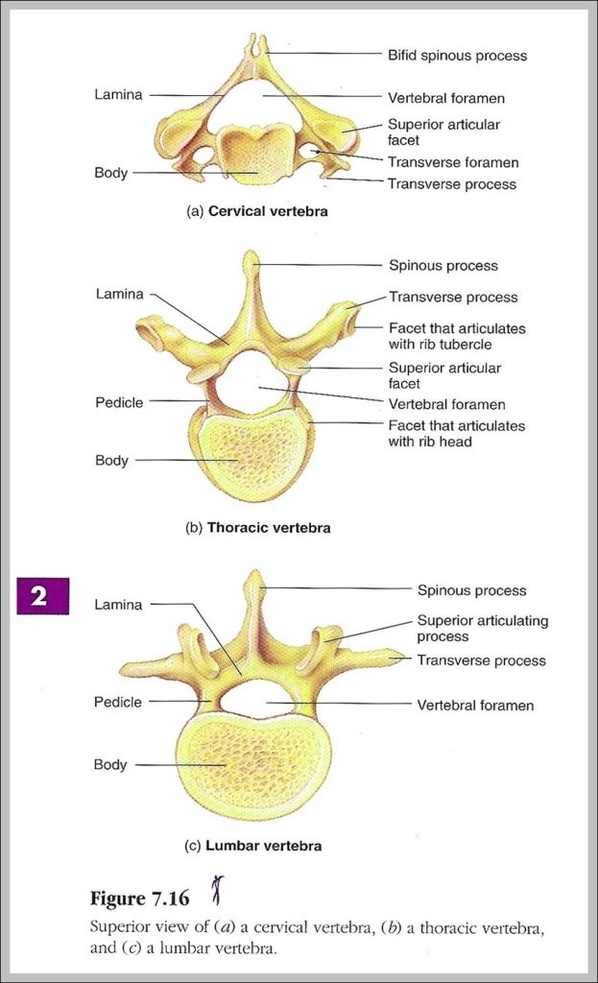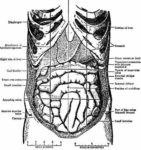Vertebrae Labeled: An Overview
The vertebral column, also known as the spine or backbone, is a curved structure composed of bony vertebrae interconnected by cartilaginous intervertebral discs. It extends from the base of the skull to the tip of the coccyx, with the spinal cord running through its center.
tructure of Vertebrae
Each vertebra consists of an anterior vertebral body and a posterior vertebral arch. The vertebral body forms the weight-bearing component, with vertebrae in the lower portion of the column having larger bodies to better support increased weight. The vertebral arch forms the lateral and posterior aspect of each vertebra. In combination with the vertebral body, the vertebral arch forms an enclosed hole, the vertebral foramen.
Regions of the Vertebral Column
The vertebral column is divided into five regions, each characterized by a different vertebral structure:
1. Cervical Vertebrae (7): These are the smallest and lightest vertebrae located in the neck region.
2. Thoracic Vertebrae (12): These vertebrae articulate with the ribs and are located in the chest region.
3. Lumbar Vertebrae (5): These are the largest and strongest vertebrae, located in the lower back.
4. Sacrum (5 fused): This is a large, triangular bone at the base of the spine.
5. Coccyx (3-4 fused): Also known as the tailbone, it’s the final segment of the vertebral column.
Functions of the Vertebral Column
The vertebral column serves four main functions:
1. Protection: It encloses and protects the spinal cord within the spinal canal.
2. Support: It carries the weight of the body above the pelvis.
3. Axis: It forms the central axis of the body.
4. Movement: It plays roles in both posture and movement.
Clinical Relevance
Intervertebral discs, fibrocartilaginous cylinders lying between the vertebrae, permit the flexibility of the spine and act as shock absorbers. Conditions such as intervertebral disc herniation, where these discs protrude out of their normal position, can cause severe pain and other complications.
In conclusion, the vertebral column is a complex structure with a crucial role in human anatomy. Understanding its structure and function is fundamental to the fields of anatomy, physiology, and clinical medicine..



